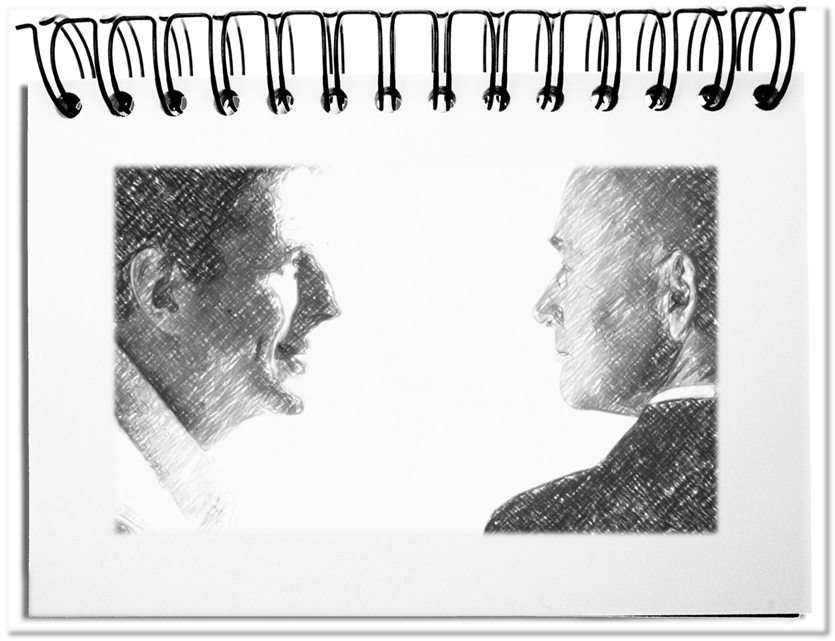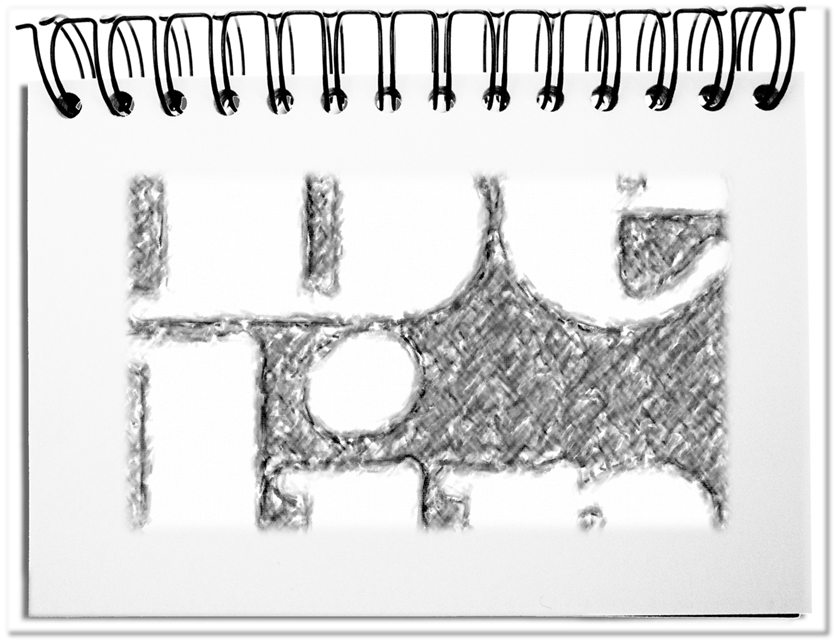When we meet other people, by nature we differ in physical, cultural and mental characteristics – height, weight, age, origin, language, culture, class, attitudes, abilities, activities and so on. Even close relatives develop more and more differences over time. Respectively many people desire an equal and respectful interaction with each other. On closer look it appears that this desired level playing field is for no one free.
Actually it is mainly a matter of making common cause in a spirit of no prejudging, of mutual confidence and with respect. The alternative positions are unpleasant for some people. Although the protagonists decide, in which position they are, apart from having equal level there are the following point of views.
- Worm’s-eye view
For those people, who look at cooperation from this perspective, a feeling of inferiority becomes sometimes apparent. If one supposes that the other one caused this situation, one feels degraded. This position offers the comfortable position of not being responsible, but nevertheless most people strive at least for level playing field. - Bird’s-eye view
From this point of view these people develop quickly the feeling of superiority. This aspect does not often come from others, who put someone up on the pedestal, but from one’s arrogance. The illusion of having things firmly under control does not mean that the respective person also feels responsible. The associated reputation often prevents that everybody can meet on common ground.
Agreeing to meet on level playing field results in mutual give and take.
- Jointly assigning tasks
Tasks are mainly not a matter of taking over, but rather of getting rid of them. Level playing field means in this case that the selection of an activity is done equally. The obligations are not simply delegated from the top and are not simply rejected from the bottom. This requires an objective approach for the assignment. On the one hand the wishes should be taken into account and on the other hand the insight should exist that certain things have to be done. - Authority to the acting person
The right of doing something is more likely what people struggle for. Everyone wants to have the authority to select and to decide. Level playing field means here to find a reasonable power allocation. One approach is to provide people the authority that they need to fulfill their tasks. - Taking responsibility for the own acts
The responsibility in turn is something that one would like to delegate, since the consequences are in the worst case the loss of the own position. On level playing field means that one achieves the appropriate distribution of the responsibility. The superordinate have the responsibility for the aspects that they set for subordinates. The subordinate takes the responsibility for its own doing, without being able to refer for example to a necessity to obey orders.
A helpful approach is the bundling of tasks, authority and responsibility in one hand. That way taking over a task includes the authority attached to it and the responsibility for the fulfillment. The task has thereby possible negative consequences in case of the failure. This motivates the person in charge to fulfill the task with a successful conclusion and then, of course, pocket the wages.
Bottom line: In principle the human right is valid, since we are all equal. However, this is not sufficient to reach level playing field in daily life. There are things that must be regulated due to an existing hierarchy. Level playing field is for no one free. Both sides must strive for it. Putting the tasks fittingly in one hand is a smart solution.


